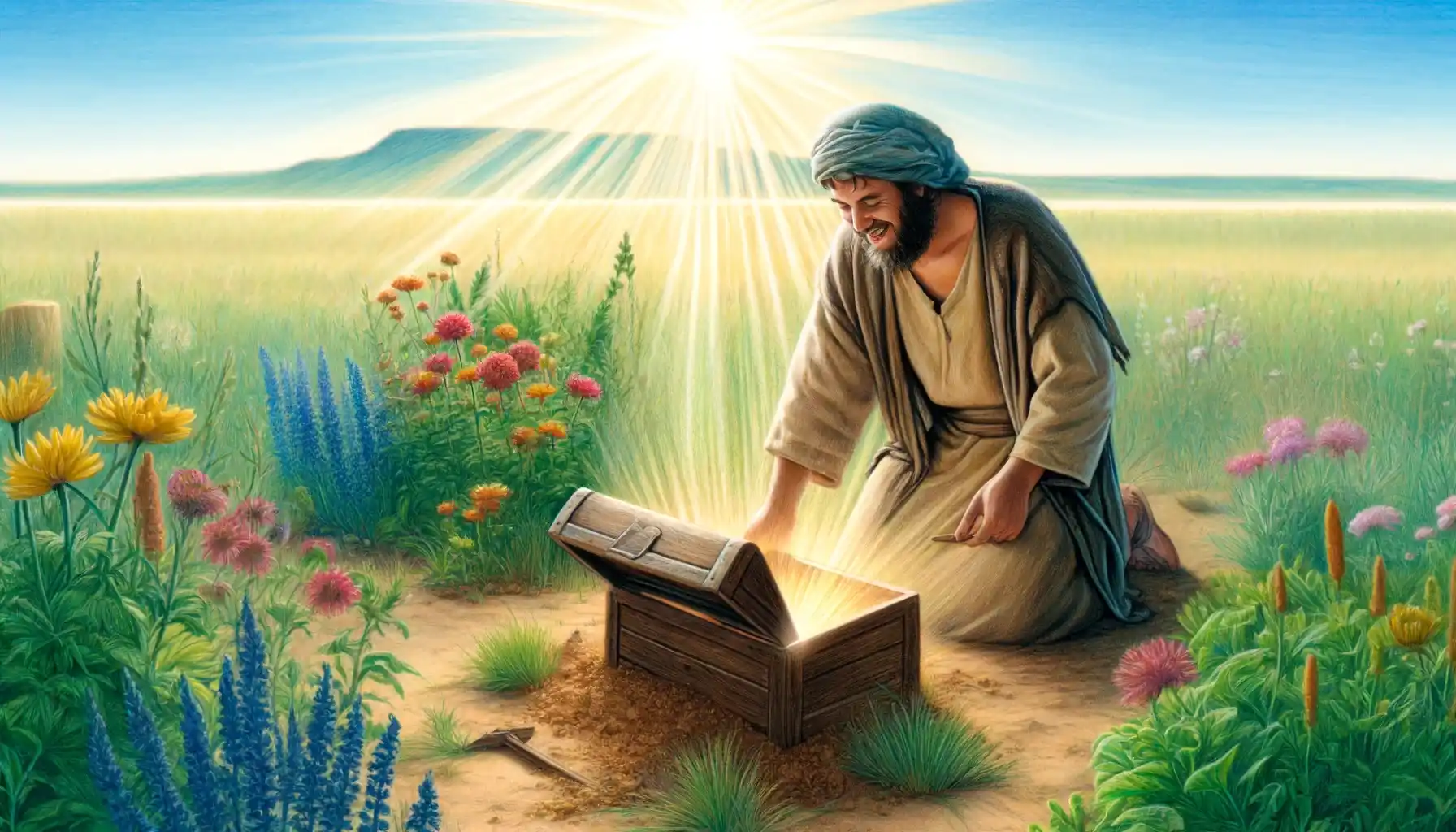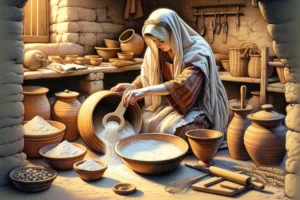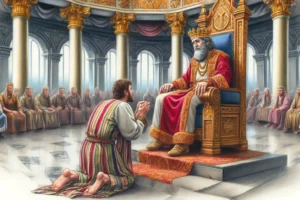
The Parable of the Hidden Treasure
The Parable of the Hidden Treasure is a short yet profound teaching of Jesus recorded in Matthew 13:44. Here are some quick facts about this parable:
- Scriptural Reference: The parable is found in the Gospel of Matthew, chapter 13, verse 44.
- Content of the Parable: The parable describes a man who discovers a treasure hidden in a field. Realizing its value, he hides it again, goes away, and joyfully sells all that he has to buy that field.
- Key Theme: The primary theme of the parable is the incomparable value of the Kingdom of Heaven. It illustrates the idea that discovering the Kingdom of God is worth sacrificing all worldly possessions.
- Context in Matthew: This parable is part of a series of teachings by Jesus using parables to describe the mysteries of the Kingdom of Heaven, which is a central theme in Matthew 13.
- Interpretation: The hidden treasure represents the Kingdom of Heaven. The act of selling everything to buy the field highlights the total commitment required to fully embrace and enter the Kingdom of God.
- Theological Insight: Theologians often interpret this parable as emphasizing the radical reorientation of life that should occur once someone understands the true value of spiritual truth and divine life offered by Christ.
The Parable of the Hidden Treasure, found in Matthew 13:44, provides a rich tapestry for theological exploration and spiritual reflection. This brief parable, consisting of just one verse, holds profound implications for understanding the nature and value of the Kingdom of Heaven. Here is a detailed analysis of this parable:
1. Literal and Contextual Interpretation
The parable is straightforward in its narrative: a man finds a treasure hidden in a field and, in his joy, sells all he owns to buy that field. Contextually, this parable is part of a series delivered by Jesus to the crowds and His disciples, illustrating various aspects of the Kingdom of Heaven (Matthew 13). This parable follows a series of explanations and parables about the sower, the weeds, and the mustard seed, each shedding light on different dimensions of God’s Kingdom.
2. Symbolic Elements
- The Treasure: Typically interpreted as the Kingdom of Heaven itself, which is of such great value that all other possessions pale in comparison. The treasure is hidden, suggesting that its value is not immediately apparent to everyone; it must be discovered or revealed.
- The Field: Often understood as the world or life where one finds the Kingdom. The field itself is not the focus; rather, the treasure it contains is what is valuable.
- The Action of Selling Everything: This signifies total commitment and the willingness to give up all earthly attachments for the sake of the Kingdom. It emphasizes the idea of sacrifice and prioritization in the pursuit of spiritual wealth.
3. Theological Insights
- Joy in Discovery: The parable highlights that the man’s discovery is accompanied by joy. This joy motivates him to sell everything. It suggests that the pursuit and attainment of the Kingdom of Heaven brings joy that surpasses all earthly pleasures.
- Voluntary Response: The decision to sell everything is voluntary and driven by the recognition of the treasure’s worth. This illustrates a response of faith and devotion, where the believer willingly forsakes all to gain Christ (Philippians 3:8).
- Eschatological Meaning: The parable can also be seen in an eschatological light where the ultimate realization and full possession of the Kingdom will only be achieved in the future fulfillment of God’s plan.
4. Application and Reflection
- Personal Discovery and Value: This parable invites believers to reflect on their personal discovery of faith. It challenges them to consider what value they place on their relationship with God and what they are willing to give up to deepen that relationship.
- Secrecy and Revelation: The hiddenness of the treasure speaks to the revealed nature of God’s Kingdom through Jesus Christ. It calls for an attentive and seeking heart that recognizes the profound truth hidden from many but revealed to those who seek earnestly.
5. Historical and Cultural Context
In Jesus’ time, it was not uncommon for people to hide valuables in the ground for safekeeping, especially in times of war or instability. The parable, therefore, would resonate with His listeners, using a familiar scenario to communicate a spiritual truth.
This parable, compact as it is, encompasses deep layers of meaning about the Kingdom of God’s intrinsic worth and the transformative impact of discovering this treasure. It serves as a powerful metaphor for the radical reorientation and complete commitment required in the life of a believer who truly understands the value of what is offered through faith in Jesus Christ.



